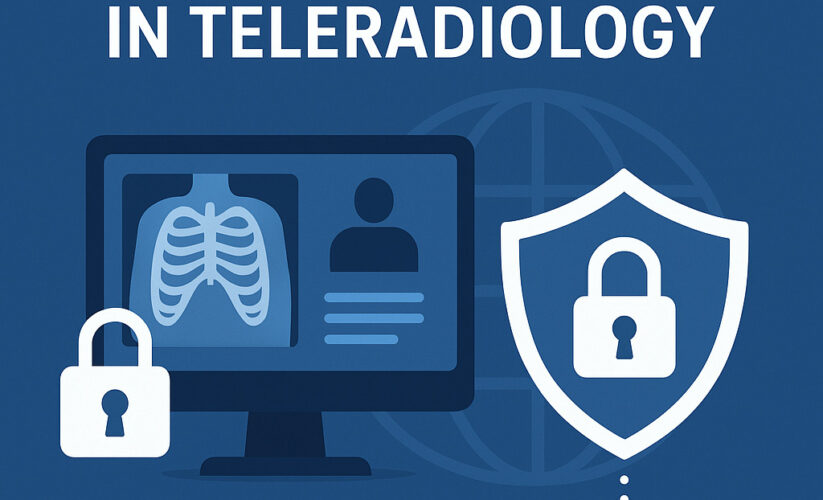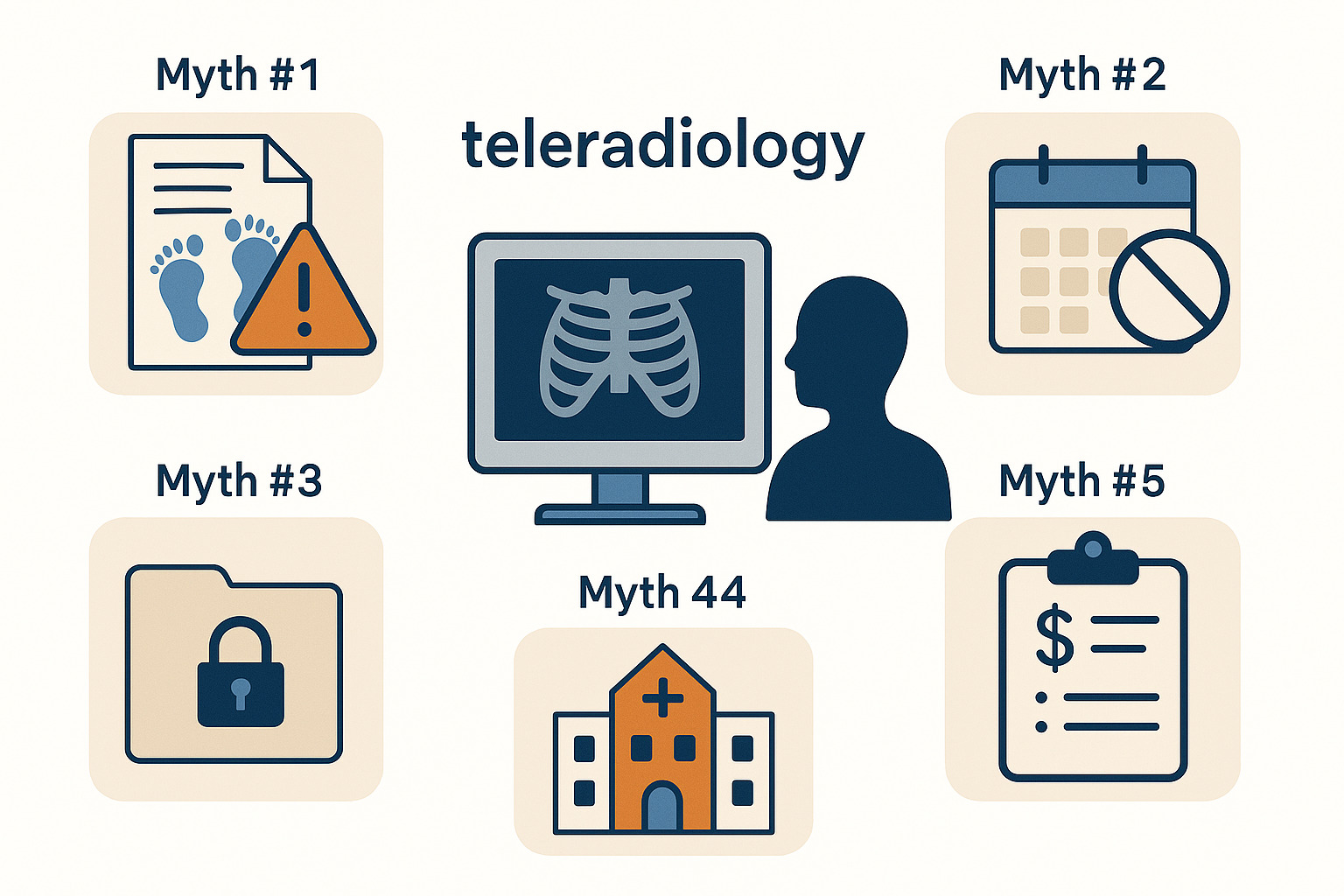Teleradiology in India: Bridging the Mammography Reporting Gap
By oshininfotech

Every four minutes, a woman in India is diagnosed with breast cancer. Despite advances in screening, awareness drives, and availability of digital mammography machines, thousands of women still fall through the cracks. The reason is not always a lack of screening—it’s the delayed or absent reporting of mammograms.
The harsh reality is that India faces a massive shortage of trained radiologists, particularly those specializing in breast imaging. While urban hospitals may offer quicker turnaround, women in Tier-2 and Tier-3 cities often wait days or even weeks for their mammography reports. This delay can mean the difference between catching cancer early—when treatment is most effective—and diagnosing it at an advanced stage, where survival rates drop significantly.
This is where teleradiology-driven mammography reporting services are rewriting the story. By connecting patients and diagnostic centers with expert radiologists remotely, teleradiology is helping bridge the breast cancer gap in India.
The Problem: Delays in Mammography Reporting Are Costing Lives
For most women, getting a mammogram is already an anxious process. But the anxiety doesn’t end once the scan is done. The real wait begins with the reporting phase—the interpretation of those images by a qualified radiologist.
Here’s why the delay is so dangerous:
Shortage of Radiologists in India: India has fewer than 15,000 radiologists for a population of 1.4 billion.
Breast imaging subspecialists are concentrated in big metros like Delhi, Mumbai, and Bengaluru.
Smaller towns and rural centers often lack any breast imaging experts.
Impact of Delayed Reports: Patients in smaller cities can wait up to 7–10 days for their mammography report.
In cases where cancer is suspected, these delays can push back diagnosis and treatment by weeks.
Studies show that delayed reporting often results in breast cancer being detected at later stages, when survival chances are much lower.
Emotional Toll on Patients: The waiting period is filled with anxiety, sleepless nights, and endless “what ifs.”
For many women, the psychological stress of waiting for a mammogram report is almost as painful as the fear of cancer itself.
Clearly, the bottleneck is not the scanning equipment but the reporting expertise. And this is exactly where teleradiology steps in as a life-saving solution.
The Solution: Teleradiology-Enabled Mammography Reporting Services
Imagine this: A woman in a Tier-3 city undergoes a mammogram at her local diagnostic center. Instead of waiting a week for a general radiologist to review it—or having her scan sent physically to a metro hospital—the images are uploaded securely to a teleradiology platform. Within hours, a breast imaging specialist in another city interprets the scan, applies BI-RADS classification, and delivers a structured, high-quality report back to the center.
This is how teleradiology is transforming mammography reporting in India:
1. Faster Turnaround Time: Reports delivered in 24–48 hours, sometimes even the same day. Reduces patient anxiety and enables immediate clinical decisions. Early detection means patients start treatment sooner, improving survival outcomes.
2. Breaking Geographic Barriers: Women in rural or semi-urban areas gain access to the same specialist mammography reporting services as those in Delhi or Mumbai. Diagnostic centers in small towns no longer need to compromise on quality or send patients to metros.
3. Improved Accuracy & Consistency: Expert radiologists ensure reports follow standardized protocols like BI-RADS (Breast Imaging Reporting and Data System). Reduces the chances of misdiagnosis or conflicting opinions. Provides clear guidance for the next clinical step—whether it’s further imaging, biopsy, or routine follow-up.
4. Leveraging Technology for Better Care: Secure cloud platforms allow images to be transmitted safely and quickly.
Some teleradiology services integrate AI-based tools to flag suspicious lesions, giving radiologists an extra layer of diagnostic confidence.
Why This Matters for Indian Women
Breast cancer is the most common cancer among Indian women, and its incidence is rising every year. The tragedy is that most cases are diagnosed late, when treatment is more aggressive, expensive, and less effective.
By enabling timely, accurate mammography reporting, teleradiology offers three powerful benefits for patients:
Earlier Detection = Better Survival : Catching cancer in Stage 1 has a survival rate of over 90%. In contrast, Stage 3 or 4 detection drastically reduces survival chances. Reduced Stress and Uncertainty
Instead of waiting 7–10 anxious days, patients receive clarity within 1–2 days. This makes the entire screening process less intimidating and encourages more women to undergo regular mammograms. Accessibility Without Travel
Women in smaller towns don’t need to travel long distances to metros for high-quality reporting. Affordable reporting services lower the barrier for preventive breast care.
A Real-World Impact: From Delay to Timely Action
Consider a diagnostic center in Jaipur (or any Tier-2 city). Before adopting teleradiology mammography reporting services, the center often faced delays of 5–7 days in delivering reports because scans had to be reviewed externally. Patients grew anxious, doctors couldn’t make timely decisions, and the center risked losing credibility.
After implementing a teleradiology partnership, the same center now delivers reports within 24 hours, interpreted by certified breast imaging specialists.
The result? Happier patients, faster referrals to oncologists, and improved trust in the center’s services. This transformation is not isolated—it’s happening across India wherever healthcare providers embrace teleradiology.
Conclusion: Closing the Breast Cancer Gap with Teleradiology
The fight against breast cancer in India cannot be won with machines alone. We need specialist expertise, faster reporting, and equitable access across every corner of the country. Teleradiology provides exactly that—a bridge connecting patients, diagnostic centers, and radiologists in a way that saves both time and lives.
Mammography reporting services powered by teleradiology are not just a technological upgrade; they are a public health necessity. By breaking the bottleneck of radiologist shortages, India can move closer to ensuring that no woman has to wait weeks in fear for a report that could change her life.
👉 If you’re a hospital, diagnostic center, or healthcare provider in India, now is the time to embrace teleradiology-enabled mammography reporting services. Together, we can bridge the gap, save lives, and give every woman in India the chance for early detection and better outcomes.





